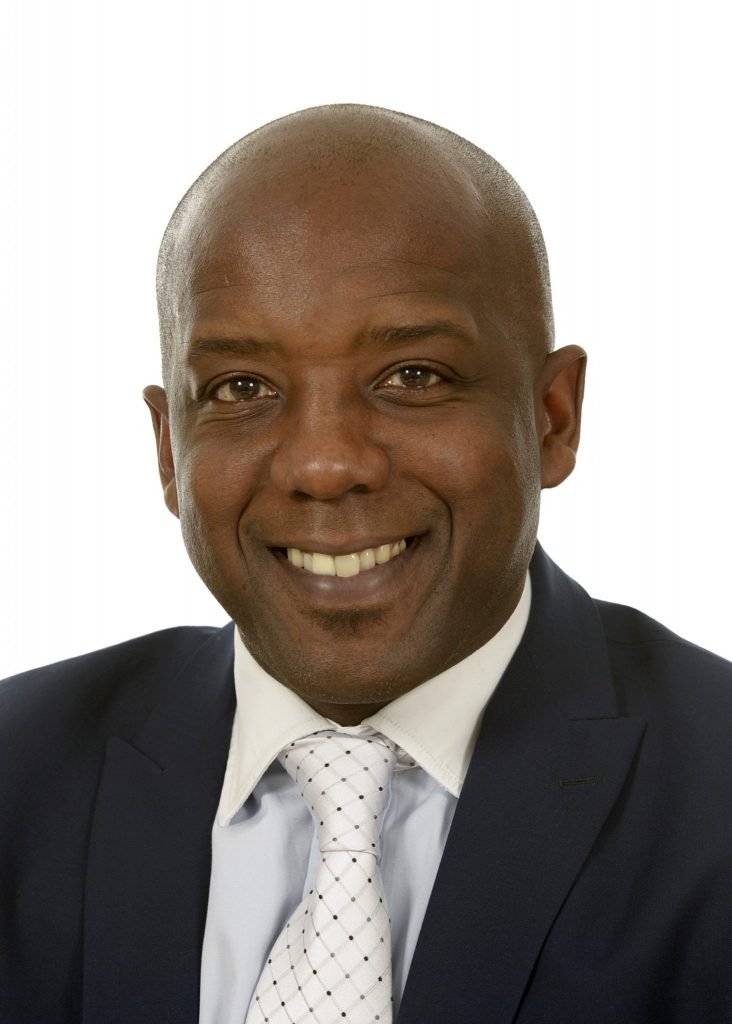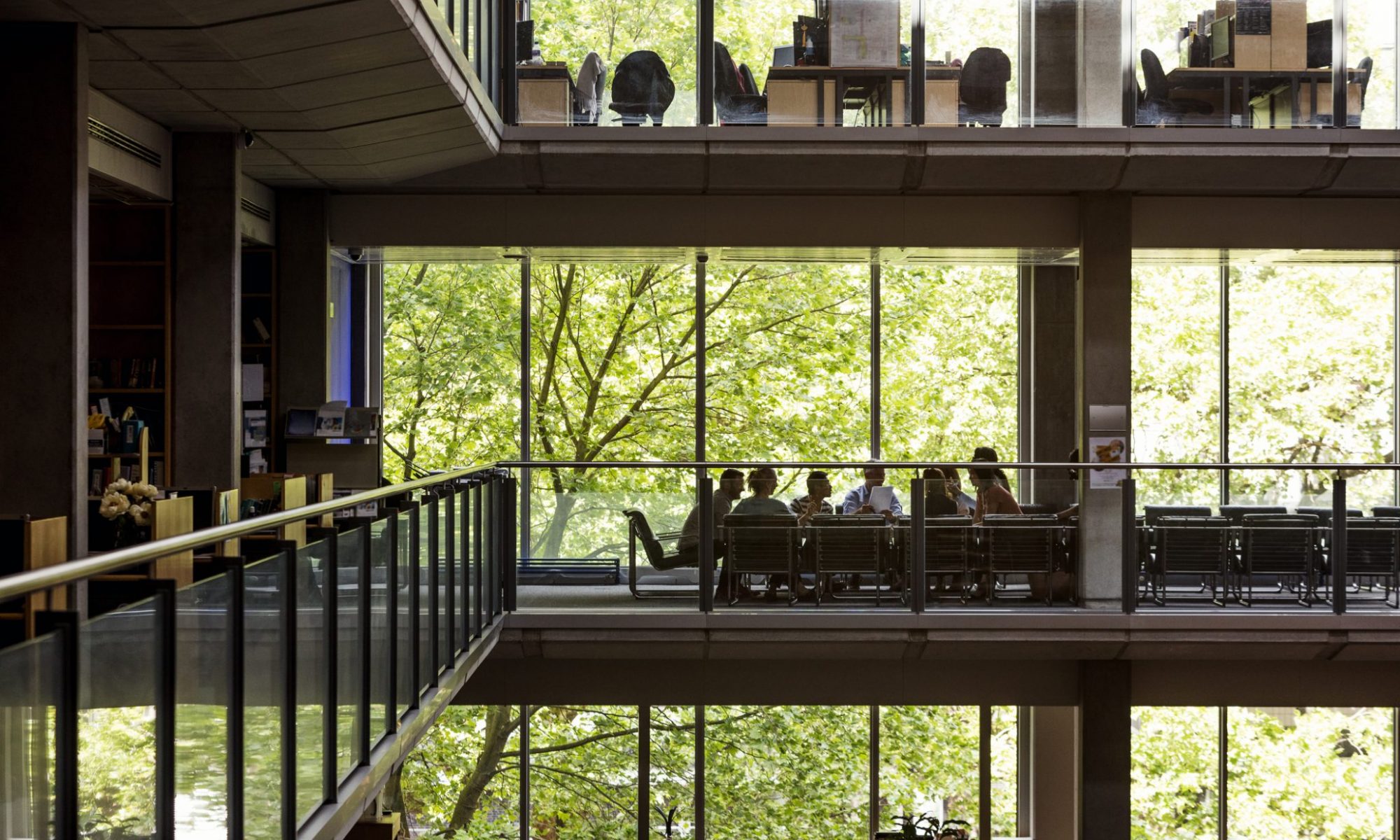Now is the time for Business Schools to help their students capitalise on the opportunities that Brexit uncertainty could introduce, argues Victoria Harrison-Mirauer
Wherever you sit on the Brexit spectrum, from ennui to exasperation, there can be no doubt that, for many organisations, the present levels of uncertainty are uncomfortably high.
Uncertainty is nothing new to business – concepts such as ‘VUCA’ (volatile, uncertain, complex and ambiguous) have become so much a part of common parlance, and which so infuses Business School curricula, that they can sometimes float past almost unnoticed.
Brexit has added a new dimension – a ‘perfect storm’ showing that many of the ‘old’ rules are ripe for reassessment. The current political chaos in the UK serves to highlight that many of the organising systems and structures we rely on to make decisions are no longer helpful. As these structures are proving themselves inadequate, now is the time to focus on innovation and the opportunities that Brexit uncertainty could introduce.
Whatever the terms of Brexit and its final details, the UK still operates in a global, networked, connected context, and the country will still be full of skilled, creative and forward-thinking businesspeople who can find opportunities in plenty of sectors. The innovative, competitive and dynamic economic forces that make up the UK’s creative industries, universities, health system, financial and professional services companies are the envy of the world and matter now more than ever.
Innovation has a central part to play in rewriting the post-Brexit rulebook. Innovators (who are, by nature, optimists) might look at the situation now and hope that new politics, new types of organisation, new global relationships and new commercial opportunities are there to be shaped.
A 21st-century Business School can help its students step up to this opportunity in the following ways:
1. Contextualising the change. This will help ensure future leaders are well equipped to respond to the challenges of unprecedented technology-led innovation, the spectre of climate change and the responsibility of business to the planet, as well as the seismic implications of new-world demographics and emerging economies. This is about helping students see the ‘big picture’, and encouraging them to take some ownership and agency in shaping how it develops.
When schoolchildren take to the streets to protest about climate change, our time to act on this issue must be surely be running out. What this tells us is that the world is in need of some ideas, and fast. It is the responsibility of Business Schools to ensure their students are ready to drive this change, and to help them graduate both wanting to, and feeling capable of, making a difference.
2. Equipping students with an innovation mindset. Without question, the ‘red threads’ woven through the success narratives of tomorrow’s leaders will be agility, a growth mindset, and resilience as a personal ‘super power’. Business Schools are well placed to encourage and facilitate the development of an innovation mindset, as well as to focus on building creativity and problem-solving skills. Students need to be prepared for new kinds of leadership in new kinds of organisation ecosystems. This environment is one where collaboration, co-creation, partnership and flexibility count.
3. Developing students’ communication skills. Innovation and uncertainty both demand leaders who are brilliant communicators. Being able to lead for innovation means being able to bring diverse interest groups and stakeholders along with you. Communication is essential for those who want to work at pace in complex circumstances, where strategies are increasingly emerging in ‘real time’, and where priorities are constantly changing and so much is simply unknown.
If Brexit teaches us anything, it’s the central role communication plays in creating understanding, building consensus and negotiation. It also teaches us what happens when communication breaks down. Tomorrow’s global leaders need to be able to communicate effectively across increasingly international teams and cultures, and to be technology agnostic, moving seamlessly between face-to-face and virtual contexts. Business Schools which use experiential learning effectively can help their students practise these skills in a safe space, as a supportive proving ground.
4. Focusing less on innovation processes and more on cognitive and behavioural approaches. As far as innovation is concerned, ‘where there’s a will, there‘s a way’. As with Brexit, innovation can be a messy and unpredictable business; however, as we all now know too well, being comfortable with ambiguity is easier said than done. Understanding and embracing the cognitive diversity that drives creative problem solving and innovation is an essential piece of the future leader’s toolkit.
One of Google’s mantras is ‘creativity loves constraint’. The constraints of Brexit are therefore a rally cry for innovators. Educators must avoid fuelling panic and instead work hard to ignite the optimism that, in turn, fuels the kind of opportunism and entrepreneurship that can be the foundation of new markets, new technologies, new jobs, new business and growth.
In response to some international businesses expressing concern about disruptions to their supply chains as a result of Brexit, UK-based businesses have to be persuasive and optimistic about their ability to meet these challenges. Innovation is a fundamentally optimistic pursuit; it has to be. Innovation is also positive and future-focused. These qualities are all the more important in times of crisis and uncertainty.
Now is not the time to turn off the innovation tap, but quite the reverse. Investing in the ability to innovate, solve problems creatively and lead in the development and commercialisation of
new technologies is more important than ever as the UK forges new structures, new politics and seeks to lead different geopolitical relationships.
Young people, aspiring business leaders and entrepreneurs are often described by the media as the ‘victims’ of Brexit. This may be troubling – and it may be true – but by creating connected communities, active global alumni networks and using genuinely international content, Business Schools are well-placed to counterbalance that narrative.
Hult International Business School is a case in point. With five campuses globally and a globe-trotting cohort, its UK base is one cog in a truly international machine. Hult MBAs move across campuses in ways that mirror the international career aspirations of many of its participants. Perhaps this peripatetic option becomes more attractive to students as a result of Brexit who might otherwise have chosen a single-campus, UK-based institution.
A few years ago, I came across some interesting discussions into a 300-year-old theory that challenges today’s innovators. A team at Cambridge University explored some ideas by English philosopher and statesman, Francis Bacon, and used his approach to think about how organisations innovate today.
Bacon’s theory was all about ‘unknown unknowns’, different ways of creating hypotheses and therefore ideas and hunches. Born in 1561, he was what history celebrates as an influential ‘thinker’ and someone whose ideas have stood the test of time by being both innovative in context, as well as useful and interesting, posthumously.
Commenting on this research, University of Cambridge Judge Business School Professor of Economics and Organisation. Jochen Runde said: ‘We urge people to imagine possible influences that might lead to business scenarios that are radically different from the one they think is most likely. By being induced to look for information about extreme possibilities, they will be taken away from the familiar places they would normally be looking and thereby put themselves in a position of learning things that are truly new to them. Effectively, the method we are proposing provides a means to counteract the confirmation bias, as well as many other biases that have been identified by behavioural psychologists. And it can be done on either end of the spectrum – extremely good outcomes or extremely bad outcomes.’
The future is certainly unpredictable, but what is interesting is our continued attempts to predict it. The efforts made to ‘future-proof’ loom large in the scenario planning around Brexit, with many businesses across the UK making plans for a ‘no-deal’ scenario.
To an extent, this scenario-planning conversation is good strategy practice; thinking about the context of your operations, anticipating key influences and trends, working with organisational strategy as an ‘emergent’ rather than fixed entity.
The organisations best prepared for the future are the ones that spend less time trying to predict it, and more time building the innovative, adaptive, and agile capabilities of their employees at all levels so that they are ready to respond to it and shape it.
Victoria Harrison-Mirauer is a Cambridge University graduate with 19 years of experience across innovation, marketing, digital and brand strategy. She is currently the Discipline Lead for Innovation at Ashridge Hult International Business School and runs a private innovation practice, The Ideas Machine.





































